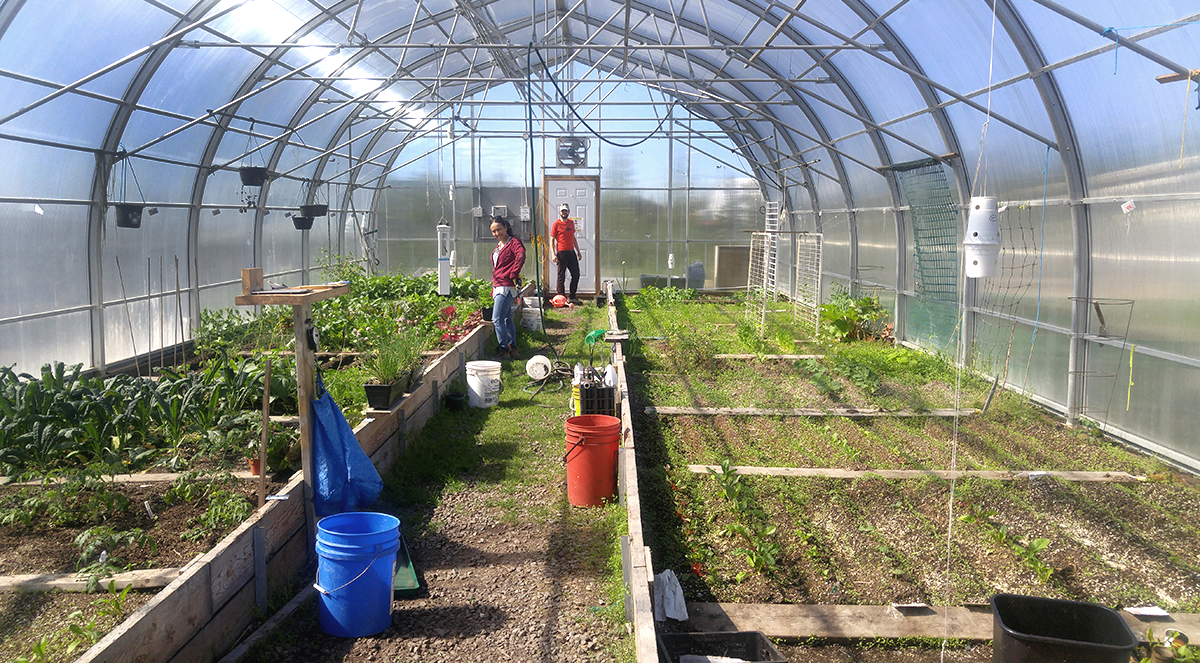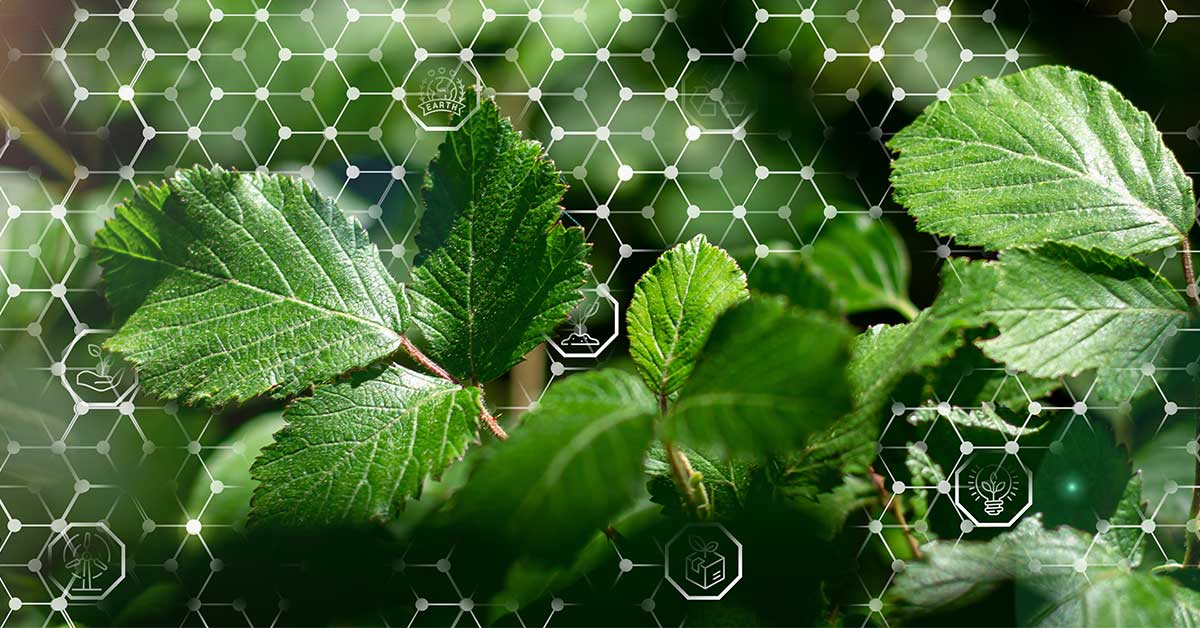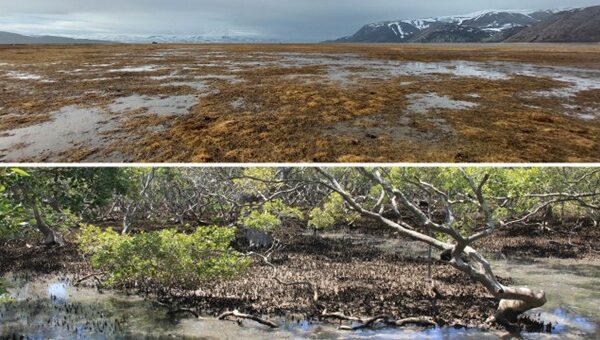- Research
-
YOU ARE
- Community member
- Future Student
- Student
- Professor
- Alumni
- Media
- Guidance counsellors
- INRS retiree
- Contact Us
- Newsroom
- Careers
- FR
-
Studies
We teach the next generation of researchers to develop scientific, social, and technological innovations.
-
Research
We find solutions through interdisciplinary research and industry or public and community partnerships.
-
INRS
We play an active role in Québec's economic, social, and cultural development.
Since the onset of the pandemic, we have become increasingly aware of how fragile the Québec food supply is, given the reliance on importing fruits and vegetables. To become more self-sufficient, we need to increase local greenhouse production, even in winter. The challenge lies in finding the energy to heat them. Professor Jasmin Raymond of Institut National de la Recherche Scientifique (INRS) sees this as an opportunity to develop the province’s geothermal resources.

Photo: INRS
To grow fruits and vegetables year-round in Québec, farmers have to operate large-scale greenhouses, but hydroelectric power alone would not be enough to heat them. “In periods of extreme cold, demand for electrical power would require more generating capacity than Hydro-Québec can provide. That is why greenhouses are heated mainly by natural gas,” says Professor Jasmin Raymond, a geothermal specialist at INRS.
To steer clear of hydrocarbons, the researcher recommends leveraging energy from the ground to power greenhouses. He maintains that this would be fairly easy to do in the St. Lawrence lowlands, Québec’s main farming region. The underground is made up of sedimentary rock and is rich in geothermal resources, both near the surface and deep down, making it conducive to the development of this type of energy.

The challenge will lie in choosing the right type of geothermal system for production. “Each crop has its own optimal growing temperatures. So, the heat distribution system will need to be adapted,” says Professor Raymond.
Conventional or shallow geothermal systems use a heat pump to heat and cool buildings. “They allow heating at low temperatures, around 30° Celsius. With natural gas heating, temperatures can exceed 60° Celsius,” explains Raymond. “To bridge this gap, you need a better heat distribution in the greenhouse, so the temperature stays steady throughout.”
Deep geothermal systems, on the other hand, can produce heat at a higher temperature, so heat distribution is less of a problem. However, they require drilling down more than a kilometre into the ground, a process that is increasingly feasible thanks to technological developments in the drilling industry. Professor Raymond points out that in the 1970s and 1980s, oil companies drilled more than 200 wells in the St. Lawrence lowlands that could be used to explore geothermal resources.
Geothermal energy is still relatively unknown in the farming industry, but it could soon become a lever towards food self-sufficiency.

Green energy: from innovation to transition
You may also like
Share



